Moldovan Creative Agencies are Boosting Their Work With AI and AR
Journo Birds: October 12, 2025
This story was written by Iurie Gandrabura of the Journo Birds, a media team that works withnonprofits to tell human-centered stories. This story was supported by UMAEF.
Moldova’s art scene is bursting with experiments that merge creativity and technology. From Racketa’s virtual production stages to Norm.create’s AI-driven branding, there’s a prominent wave for storytelling and design in this European country.
In a XIX century building in central Chișinău, the founder of Racketa Production, Ștefan Nahaba, raises a tablet, scans a QR code, and shows how history becomes alive. On the monitor, prehistoric animals appear to walk straight into the room. That is an experiment in augmented reality that Racketa Production built for the Ethnographic Museum of Moldova. Ștefan laughs as he explains how kids chase the digital creatures through museum halls.
“It’s like Pokémon Go, but with our history,” he says. “We wanted education to feel like a game.” And that is not the only way in which Moldovans have started to play along and compete in the creative field.
Creative Soil of Moldova
Ștefan Nahaba’s path into production began with studying film directing at the Academy of Music, Theatre and Fine Arts in Chișinău and working in small studios on cruise ships, producing and editing video content onboard. In 2015, he returned home and launched Racketa, at first a conventional production company. But the turning point came when he created an in-house research and development division (R&D arm). “That’s my playground,” he says. “We redefined ourselves as a creative-tech company.”
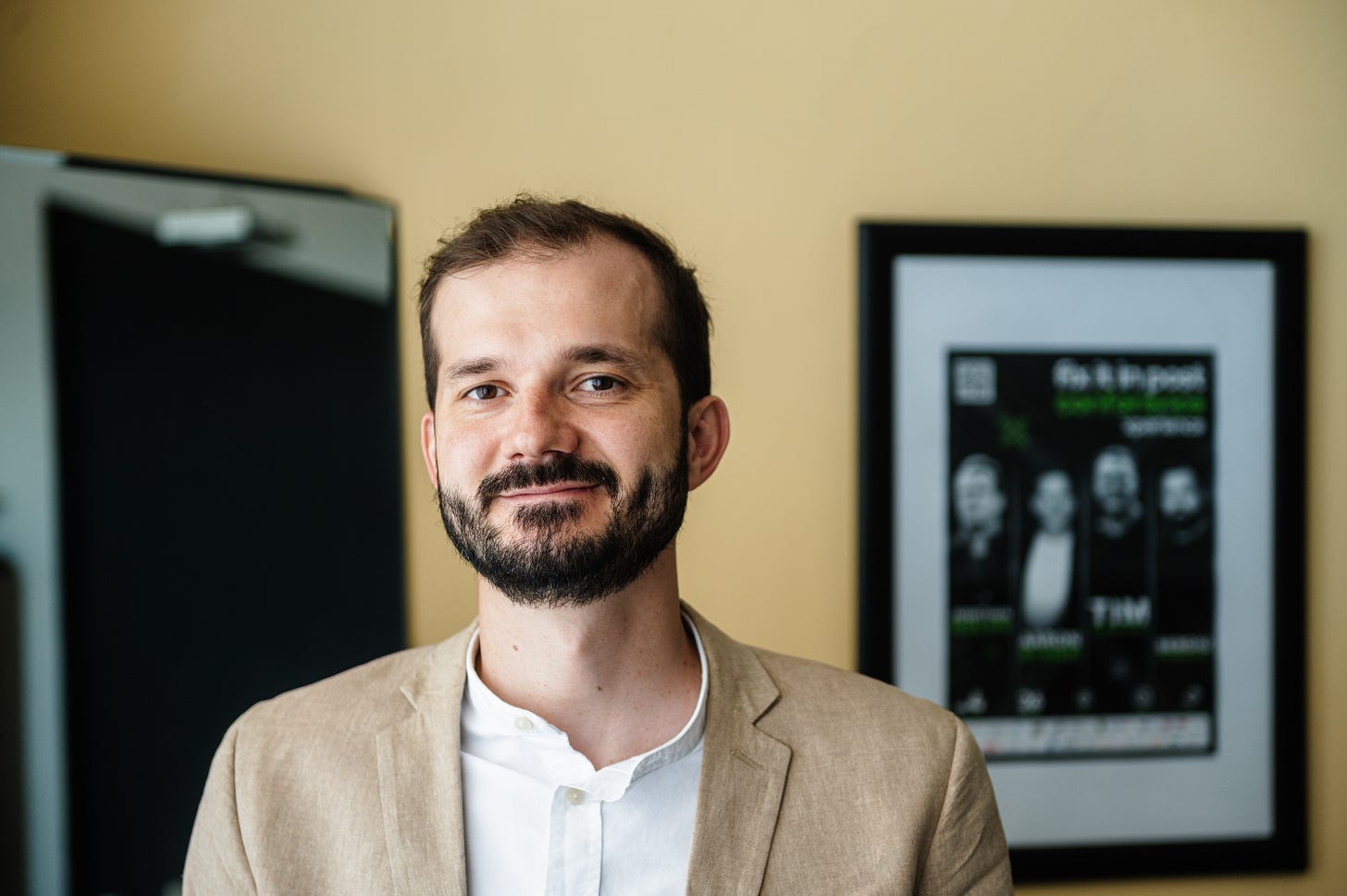
Now, Racketa’s office is known as the first in Moldova to run virtual production, the technique popularized by the TV-series The Mandalorian. By tracking a camera in real time through a 3D environment, they could capture a finished scene directly in-camera, instead of waiting weeks for post-production. “It changes everything,” Nahaba explains. “You save time and money, and the actors see the world they’re supposed to be in.”
The company serves clients in the USA, UK, Norway, Romania, Japan, and Dubai, with more than 100 campaigns completed. Their projects include an AR app for Moldova’s National Museum and a 2D animation campaign for a private aviation brand.
Behind Racketa’s creative experiments lies a business culture shaped by international clients. Many projects arrive as white-label or NDA assignments, meaning the studio cannot publicly showcase them. One standout case, however, was a 2D animation campaign for a company that sells private jets. “When the agency showed our work to their client, they told us the client cried out of happiness,” Nahaba recalls.
What impressed these clients, Nahaba says, was not only the visuals but the discipline. “You can’t work with us if you don’t respect copyright chains or deadlines,” he explains, while in the background of his office, his colleagues discuss one more international project that Stefan cannot name. “Even if we know a delivery isn’t due for another week, international partners will insist: no, the deadline is still the deadline. That taught us a lot about how different markets work.”
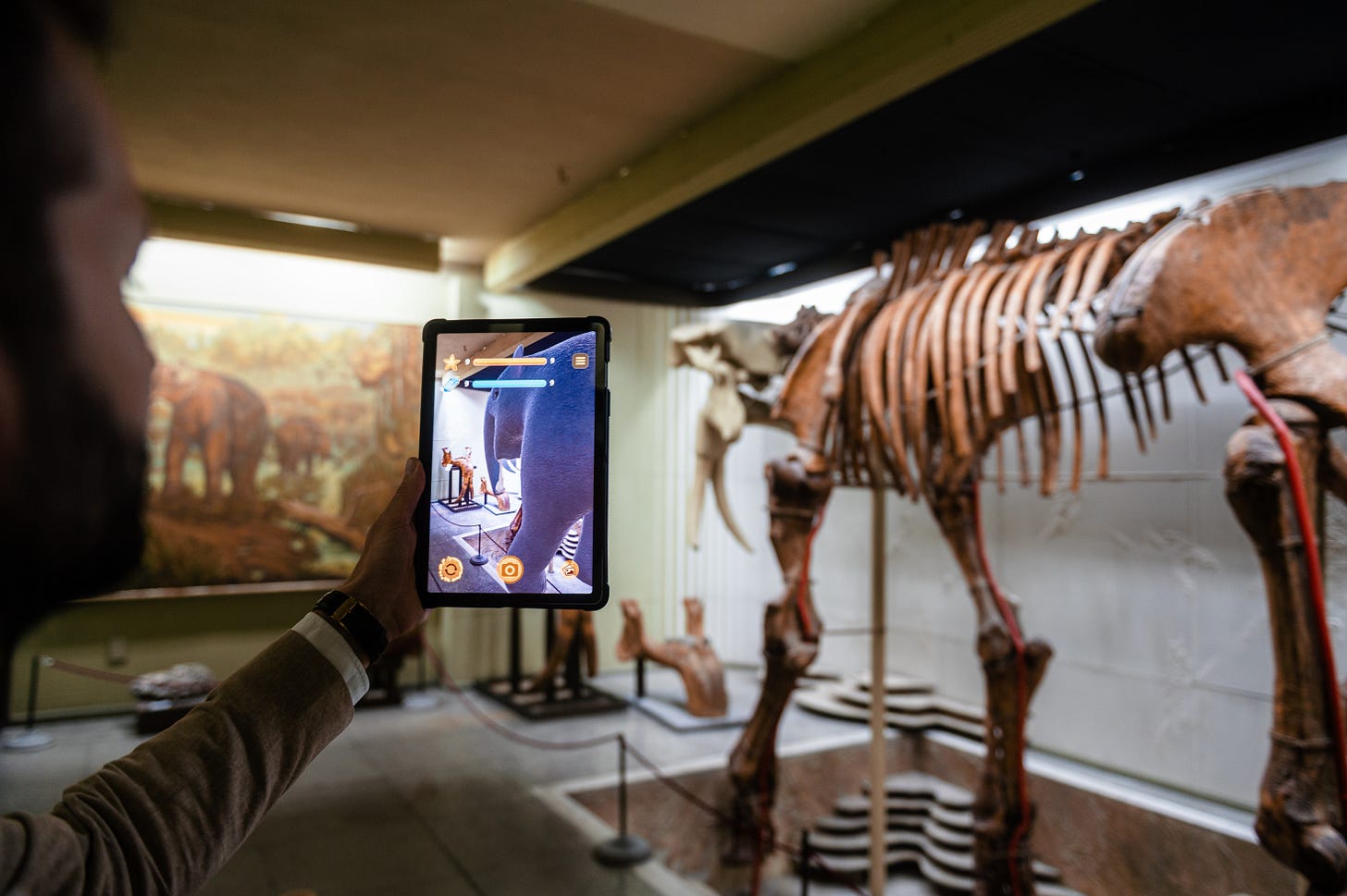
The same commitment drives Racketa’s community work. The studio founded Fix It In Post, Moldova’s first post-production conference in Chisinau. For the very first edition, it was attended by screenwriter and film producer Jonathan Nolan, brother of director Christopher Nolan.
This way, Nahaba notes that the future is not only about technologies but also about people. Racketa Production runs student pitching sessions, encouraging young creatives to present projects instead of chasing diplomas. “We tell them: build portfolios, not paperwork,” he says. “The industry needs skills, ideas, and products, not just certificates. If we stay only in outsourcing, we’ll never grow an industry. Our experiments (AR guides, virtual sets) are about testing what could become products,” Nahaba explains.
The first AI branding in Moldova
Across town at Artcor, Moldova’s creative hub, two young designers, Radion and Rodion, tell a different but connected story. Both studied at the Technical University of Moldova, one in architecture, the other in interior design. For years, they freelanced separately. Then, almost by accident, they pooled resources, renting the same office to save on accounting. “We just wanted to split the cost of a bookkeeper,” Rodion laughs. “That’s how our company Norm.create was born.”
Norm.create is a small studio of two founders and a few collaborators based at Artcor in Chișinău. Since 2021, they have delivered dozens branding and design projects for clients such as Moldova Pride, DAS Expo, Smart Factory, LUME Neobistro, and Cudra Jewelry.
At first, they even thought about launching a design school, but continued with design gigs. Then, as the global AI boom of 2023–24 hit, they found themselves among its first local adopters. A big step was already taken in 2023, as they created the visuals for the Moldovan Brands Runway event with its “Future In Transit” theme.
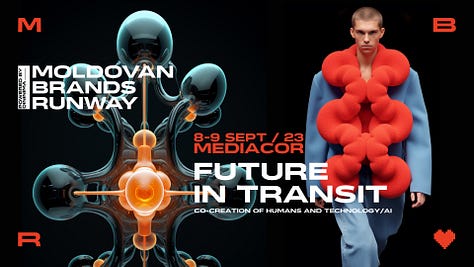
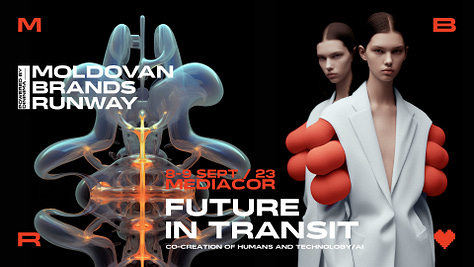
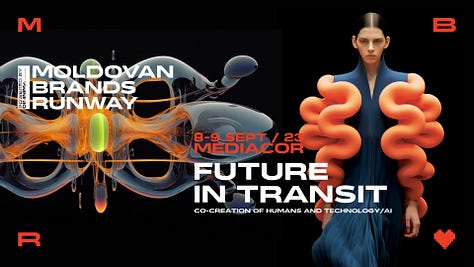
“It was probably the first brand identity here made 90% with AI,” Rodion recalls. The theme was futuristic, with clothing designers and musicians also using AI in the event. Norm.create generated visuals, animated assets, and even a robotic-sounding soundtrack.
From then on, AI became part of their daily process. They use ChatGPT for texts, MidJourney and Runway for visuals, and integrated AI plugins in Figma. “One project today can involve Photoshop, Illustrator, Figma, and AI tools all at once. It’s just another layer,” says Radion.
How to create an ecosystem and inspire
Still, the founders of Norm.create reject the idea that AI replaces design. “AI doesn’t make a logo. It doesn’t do branding,” says Rodion. “It’s like Photoshop or Figma, just another tool. The real skill now is creativity. If you have ideas, AI lets you bring them to life. If you don’t, it gives you nothing.”
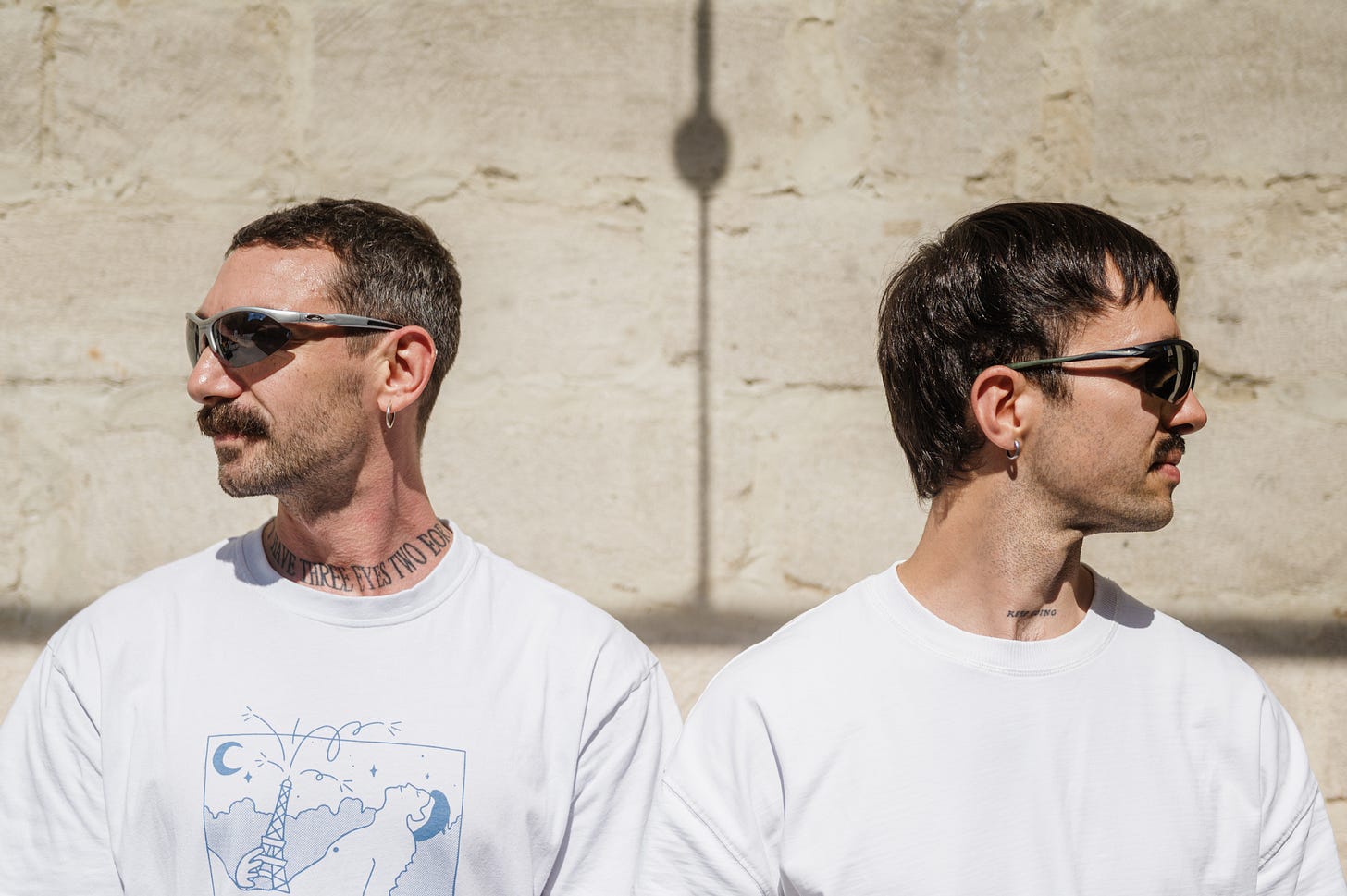
Radion also taught at Moldova State University, introducing journalism students to the basics of graphic design as part of the “Professions of the Future Programme.” He argues that AI has changed priorities in the studio. “You can teach someone to use AI tools in two days,” Rodion says. “But you can’t teach creativity so quickly. That’s what matters now.”
One of Norm.create’s favorite examples is a collaboration with PearlCode, a Moldovan jewelry brand whose symbol is a frog. Norm.create generated an AI frog skin, using real species as references, and built a surreal campaign around it. “It’s something you couldn’t do in reality,” Rodion says. “That’s the kind of creativity AI unlocks.”
The stories of Racketa Production and Norm.create converge on a single theme: in Moldova, creative studios behave like startups. They build R&D teams, test prototypes, and make it abroad as well as locally.
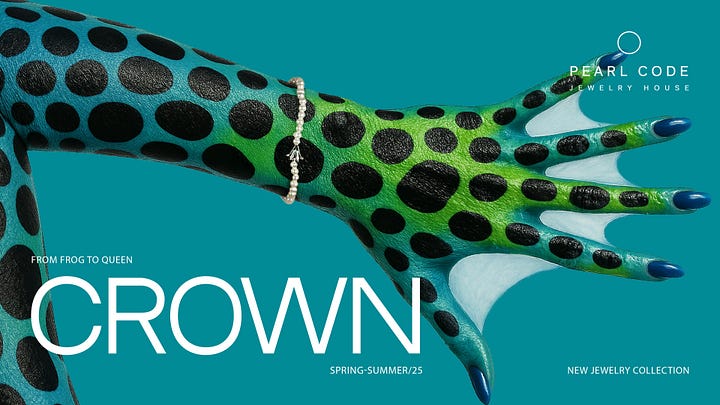
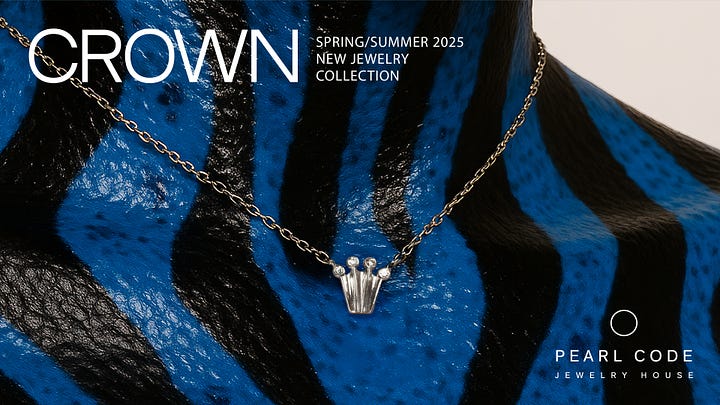
Both companies thrive in the ecosystem created by Moldova Innovation Technology Park, which offers a flat 7% tax and simplified rules. “It helped us a lot, because it’s not only for IT companies, and it allowed us to pay salaries with no stress,” Radion says, referring to the fact that for a small studio, the main value is simplified administration.
Over the years, Moldova’s creative industry has produced several players with global recognition.
Simpals Animation Studio is one of the country’s oldest creative companies, and has launched over a hundred projects: from animations and VR experiments to gadgets for freedivers. bully! entertainment, the American studio behind 300+ projects for NASA, Disney, Adidas Japan, Volkswagen, Audi, and the UN, has been operating in Chișinău for more than 10 years now. It recently filmed a teaser with the Moldovan National Opera, testing XR workflows with Unreal Engine. And finally, Crunchyroll’s Chișinău office is the third-largest after San Francisco and Dallas in the USA, developing technology infrastructure for one of the world’s top anime streaming platforms.
This mosaic shows a bigger picture: Moldova may not have the scale of Berlin or Warsaw, but it has built a creative hub where animation, film, AI, XR, and many more collide.
Like reading Moldova Matters but having trouble finding time to keep up? Download that Substack app and you can listen to articles while you walk to work, wash the dishes or whenever you prefer a podcast to a long article!



